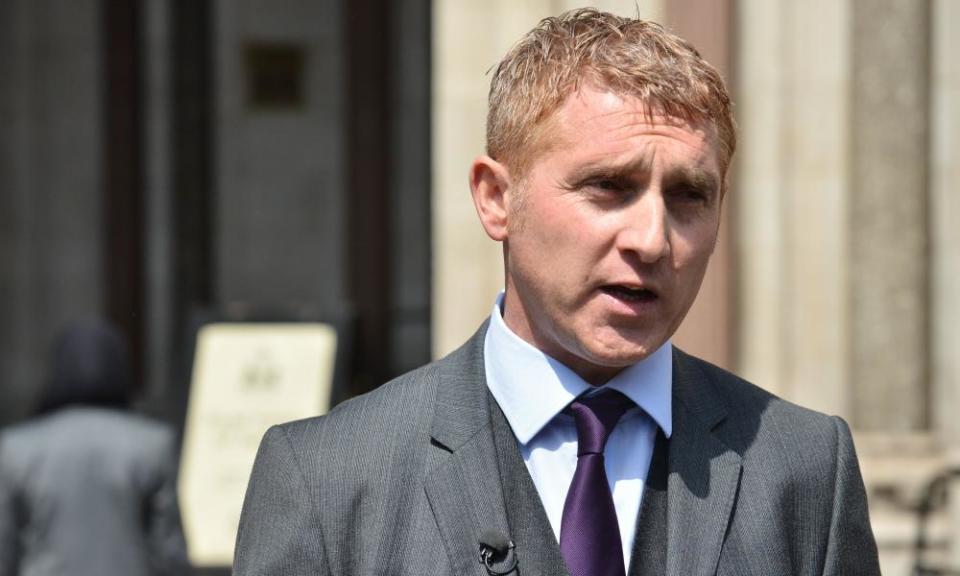Rise in unauthorised pupil absences blamed on term-time holidays

Unauthorised pupil absence rates in England are at their highest since records began as a result of more families taking children for holidays during term time without the agreement of their school, according to government figures.
Data published by the Department for Education (DfE) on Thursday revealed that about one in six students (16.9%) missed at least half a day of lessons in 2016-17 for a family holiday – up from 14.7% the previous year.
At the same time the proportion of parents being fined for taking their children out of lessons without permission fell by 5.4% – from 157,879 in 2015-16, to 149,321 in 2016-17 – reversing a six-year trend. More than three-quarters (77.5%) of those fines were for unauthorised holidays, statistics show.
The increase in unauthorised holidays coincides with the high-profile legal battle involving Jon Platt, a father from Isle of Wight who was taken to court after taking his daughter on an unauthorised holiday to Florida.
In May 2016 the high court backed an earlier ruling by magistrates in Platt’s favour, which said he should not have to pay a fine for an unauthorised term-time holiday. The absence figures indicate that after this ruling many parents decided to take term-time breaks believing it was unlikely they would face action for doing so. However, a supreme court ruling last April found against Platt and reversed the ruling.
Overall absence rates across primary, secondary and special schools in the state sector increased from 4.6% in 2015-16 to 4.7% in 2016-17. While absences in primary schools remained the same at 4%, they rose in secondary schools from 5.2% to 5.4%. Absence rates in special schools were considerably higher at 9.7%.
According to the DfE, the total number of days missed across state-funded schools went up from 54.8m in 2015-16 to 56.7m in 2016-17, which reflects in part a rise in the number of pupils. Government statisticians said the increase in overall absence rates had been driven by unauthorised absences, which went up from 1.1% to 1.3% in the space of a year.
Persistent absence is also up, according to the latest figures. The proportion of pupils classified as persistent absentees increased from 10.5% to 10.8%. A child is described as being a persistent absentee if they miss 10% or more of lessons.
A DfE spokesman said: “Children only get one chance at an education and evidence shows that every extra day of school missed can affect a pupil’s chances of achieving good GCSEs.
“Therefore, we believe that no child should be taken out of school without good reason and the supreme court agrees with us. The rules on term-time absences are clear and we have put schools back in control by supporting them – and local authorities – to use their powers to deal with unauthorised absence.”

 Yahoo News
Yahoo News 